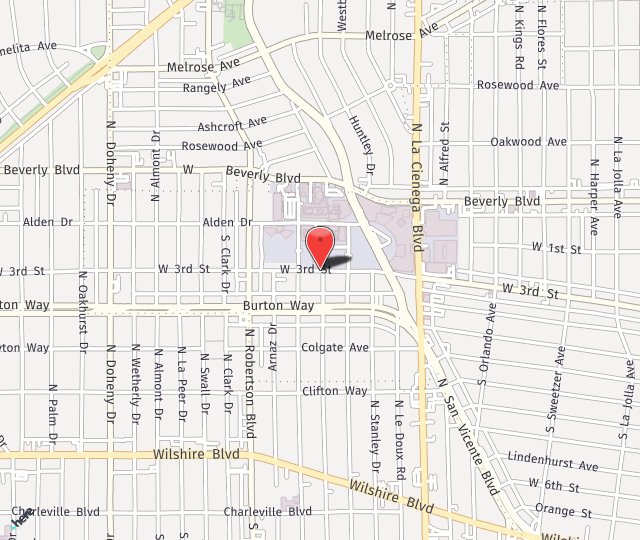Thoracic Outlet Syndrome is a Pain in the Neck
- Posted on: May 15 2018
 A major group of nerves and blood vessels run between the neck and the arm, enabling movement and feeling in the arms and hands. They pass through the thoracic outlet, a muscular and bony passage. If the thoracic outlet narrows in the neck/shoulder area, the nerves and blood vessels can become compressed. This is thoracic outlet syndrome.
A major group of nerves and blood vessels run between the neck and the arm, enabling movement and feeling in the arms and hands. They pass through the thoracic outlet, a muscular and bony passage. If the thoracic outlet narrows in the neck/shoulder area, the nerves and blood vessels can become compressed. This is thoracic outlet syndrome.
Dr. Seruya performs decompression surgery, if necessary, to relieve the pressure on the nerves and blood vessels to return function and feeling.
What is thoracic outlet syndrome?
The thoracic outlet is basically the space between your collarbone and your first rib. When the nerves or blood vessels passing through this outlet become compressed, you have thoracic outlet syndrome. It can sometimes be classified by type. Neurogenic thoracic outlet syndrome involves compression of the brachial plexus, the network of nerves that come from the spinal cord and control muscle movements and sensation in your shoulder, arm, and hand. The majority of thoracic outlet cases involve nerve issues. However, if the veins or arteries under the collarbone are compressed, this is called vascular thoracic outlet syndrome.
What are the symptoms of thoracic outlet syndrome?
When the brachial plexus nerves are compressed, you may experience numbness and tingling on the inner arm, pinky finger, or pinky side of your ring finger. If left untreated, the compression can create weakness or paralysis of the muscles moving the thumb and fingers. Patients often experience a dull, aching pain in their neck and shoulder. This pain worsens if you raise your arm above your shoulder.
If the blood vessels are compressed, you may have diffuse pain or find that the affected arm and hand fatigues easily because of the restricted blood flow. The arm or hand may also become swollen and purplish, as the blood is unable to leave the hand and return to the heart.
What causes thoracic outlet syndrome?
The cause of the compression can vary, but usually have one or more of these causes:
- Congenital defects— Some people have an extra rib above the first rib or an extra tight fibrous band connecting the spine to the rib.
- Posture— Drooping shoulder position or holding your head forward can cause compression.
- Trauma— A traumatic injury, such as from a car accident, can create compression.
- Repetitive activity— Typing on a computer, working on an assembly line, or lifting things above your head (such as when stocking overhead shelves) can lead to thoracic outlet syndrome. Athletes who perform repeated overhead movements, such as baseball pitchers, volleyball hitters, and swimmers are more prone to this condition.
- Pressure on the joints— Obesity or carrying a heavy backpack can create pressure and compression.
- Pregnancy— Thoracic outlet syndrome can first occur during pregnancy.
Treatment
Dr. Seruya has extensive experience diagnosing and treating thoracic outlet syndrome. Conservative treatments start with physical therapy to strengthen and stretch the shoulder muscles to improve range of motion and open the outlet. Anti-inflammatory medications, pain medication, and muscle relaxers can be used to encourage muscle relaxation. Clot-dissolving medications may be used if your blood vessels have been squeezed and possibly allowed clots to form.
If surgery is necessary, Dr. Seruya performs decompression of the brachial plexus and/or subclavian vessels through an incision in the neck. Tight portions of the scalene muscles of the neck may be removed, as well as the first rib. Space is created to allow the nerves and blood vessels to regenerate.
If you have tingling on your inner arm or rapid fatigue in your arm and hand, you may have thoracic outlet syndrome. Call Dr. Seruya at Los Angeles Nerve Institute, (310) 423-2129, to schedule an appointment.
Posted in: Thoracic Outlet Syndrome

